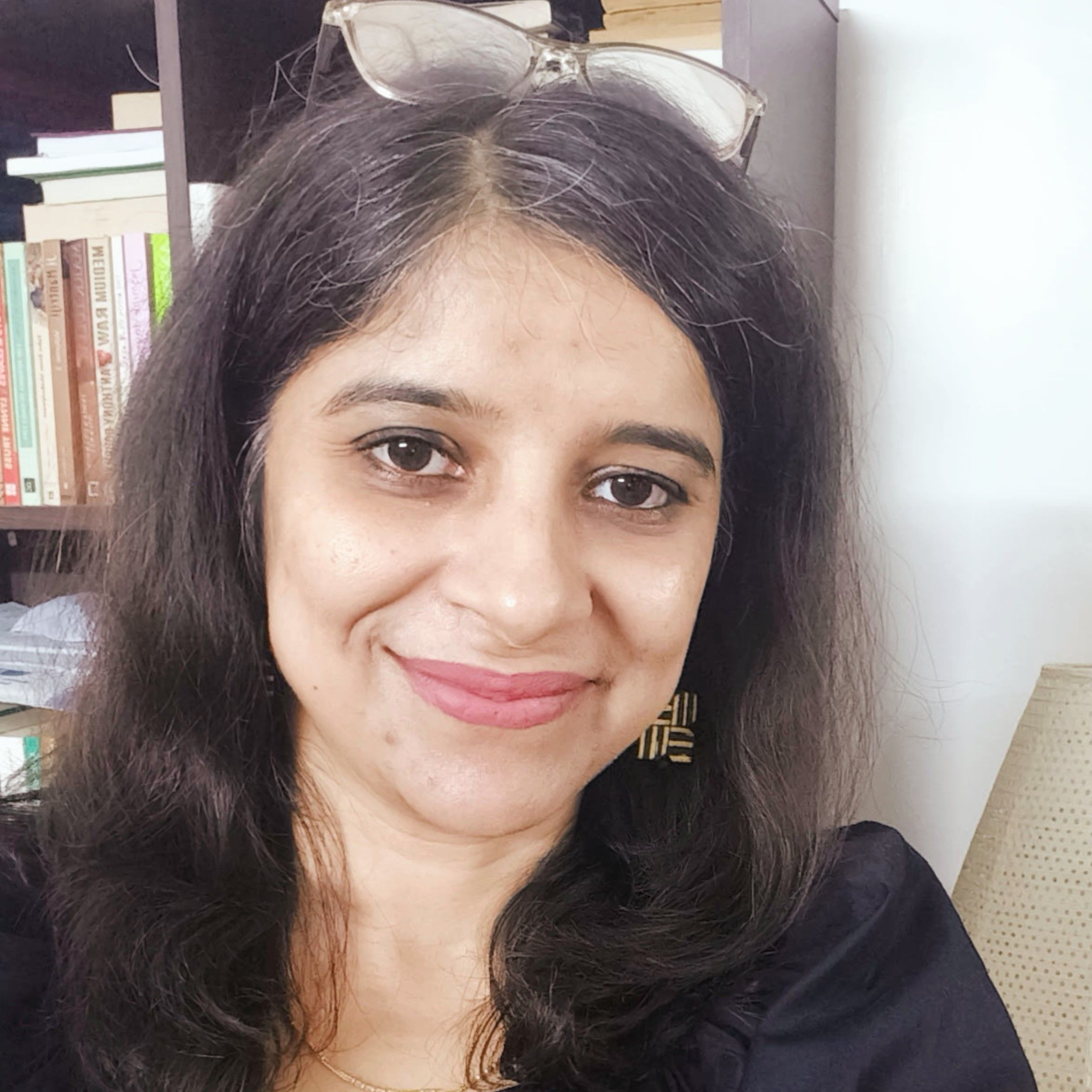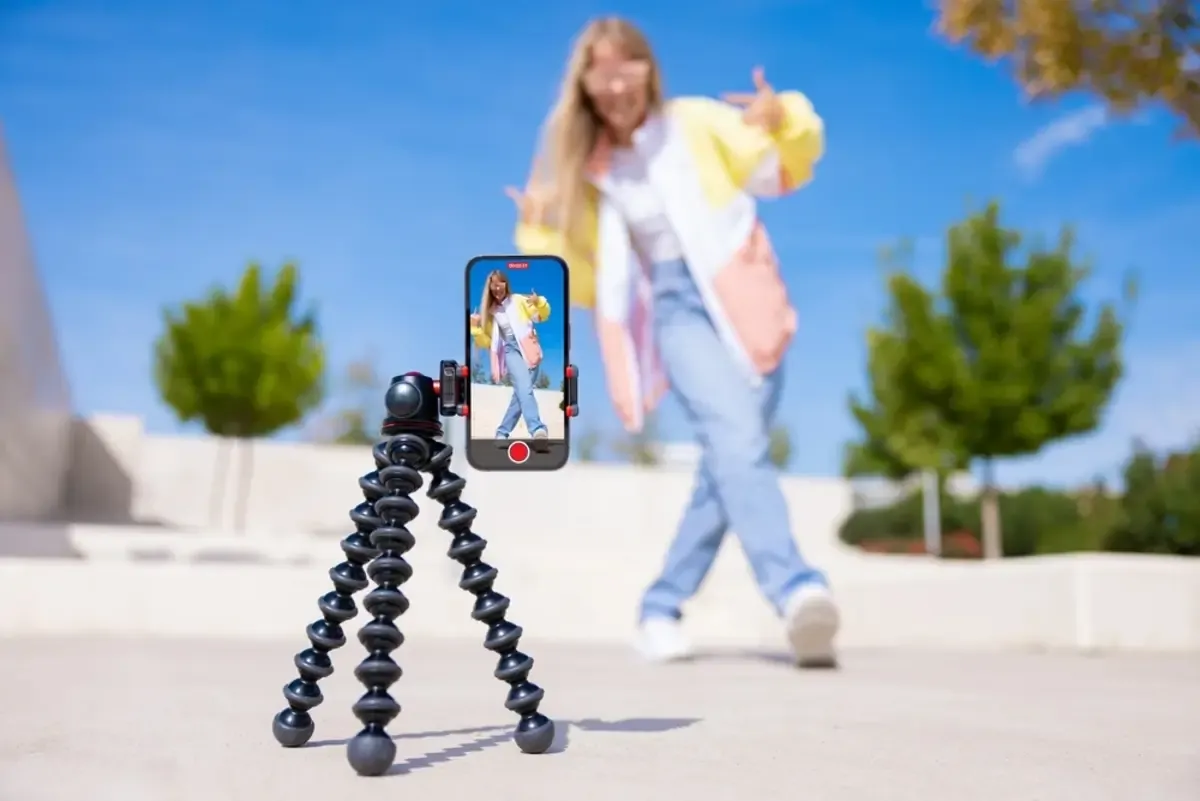Upstox Originals
The vertical takeover: The microdrama trend that has OTTs nervous

5 min read | Updated on September 21, 2025, 13:38 IST
SUMMARY
Visual storytelling is going vertical. Microdramas with their high-intensity short episodes and cliffhanger moments are emerging as a major force challenging OTT platforms for viewer attention. In India, this trend is driven by high mobile penetration, affordable data and on-the-go regional content.

Market estimates suggest that Indian microdrama platforms have together raised approximately $44 million in VC funding in 2025. | Image source: Shutterstock
Visual storytelling is going vertical. OTT platforms that were once the disruptors in the entertainment industry are now on the verge of getting disrupted by new-age vertical shorts. Move over, horizontal dramas spread over 8 seasons, the microdramas are here, catering to the short attention spans of a generation that likes to watch videos on-the-go. How has this trend caught on in India and what’s driving it? More importantly, how much of a threat will it pose to OTT players in the near future?
These microdramas are produced for the age of the scroll. They are vertically shot in the 9:16 aspect ratio and capture high-intensity emotion, drama, plot twists in bite-sized episodes of under two to three minutes each. They are optimised for handheld viewing with episodic suspense, which leaves the viewers hungry for more.
While this vertical drama format is still evolving in India, it has been tried, tested and widely accepted in China, South Korea and the US. It is now making its way into the hands of India’s growing internet users, half of whom are in rural India. Media companies and startups are all scrambling to enter this fertile space.
Avinash Mudaliar, Co-founder and CEO of HT Labs, a digital innovation hub, explains why publishers are gravitating towards this format: “They want to capture incremental audience segments (mobile, vernacular, and younger viewers) through this new format. Traditional OTTs or web series might miss out on those who don’t wish to invest more time.”
Mobile video consumption in India
According to a 2025 Meta-Ipsos report, 97% of Indian consumers consume short-form videos on some platform at least once a day. India remains a mobile-first market and 96% of Indians access the internet through mobile phones. This explains why microdrama apps are flooding the market. In Q1 2025, microdrama app downloads grew 113% in India. Apps such as FlickTV, Bullet, MX Fatafat by Amazon MX Player, Kuku TV, ReelSaga and Chai Shots are some that are keeping Indian viewers glued to their phones.
The surge in popularity
India has a high penetration of mobile devices. While data costs have come down, users are still conscious of data usage. Short vertical videos load faster and are more accessible. Moreover, they produce content in regional languages too, capturing audiences outside metros. Compared to OTT shows, their production is more cost-effective. They involve shorter shoots, leaner crews, and less elaborate set-ups, leading to faster turnaround time.
OTT versus microdramas
What are the large implications for traditional OTT platforms with the entry of the vertical shorts? According to Mudaliar, it is a complementary relationship. “Microdramas complement, not cannibalise long form content. They add to the overall video hours consumed. They are effective for attracting new users who can be sold subscriptions. They encourage experimentation with micro payments, branded short formats and a la carte pricing. They should be used as a funnel to long-form OTT, not a standalone strategy,” he says.
Profitability in the short form video economy
Market estimates suggest that Indian microdrama platforms have together raised approximately $44 million in VC funding in 2025, which is 55% higher than last year. However, the ARPU or Average Revenue Per User is low in India, and conversion from free to pay is a challenge. The cost of acquiring users is also high.
Mudaliar says, “The revenue model is working in parts, especially for those who get scale, regional reach or have strong content. But profitability is not yet proven widely. Many players are still burning cash or operating on modest margins.”
Global appeal of the vertical short
Globally, this format is being lapped up by viewers. According to market research firms, vertical video formats today make up more than 71% of total mobile video views. Hence, creators are producing more mobile-friendly content. Some international microdrama apps have achieved resounding success globally. ReelShort, owned by Crazy Maple Studio, is among the top revenue generating short drama apps. Dramabox is another international competitor with a large user base and a strong position. However, in India, they face competition from local content and platforms. The monetisation model also runs into resistance in India as price points are high.
Are they killing creativity?
These short stories are heavily dependent on familiar tropes, such as romance, revenge, and family conflicts. The speed of storytelling often leaves little room for character development or nuance. The emphasis is on sensational and emotionally charged moments. Critics say the content gets repetitive in these formulaic story lines. Users may eventually get bored with the plot twists and low-value content.
For now, users are resorting to escapism, quick entertainment and engagement that these apps offer. Some platforms are trying to improve the quality of writing and production while aiming for differentiation. Local cultural elements could also add to the appeal. Experts predict consolidation. They suggest that only a handful of large players will dominate within the next 2-3 years.
By signing up you agree to Upstox’s Terms & Conditions
About The Author
Next Story
